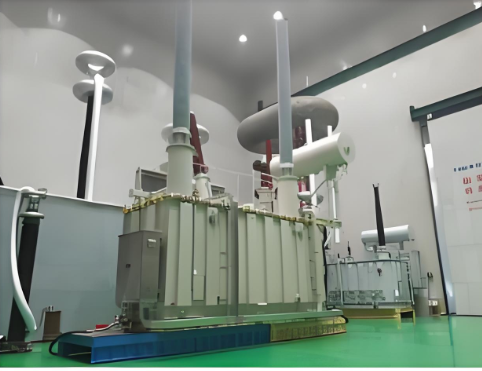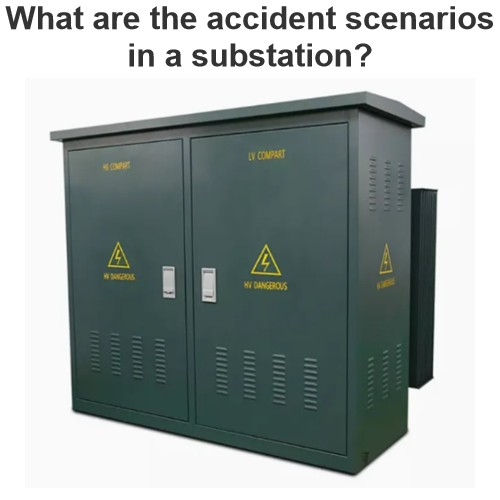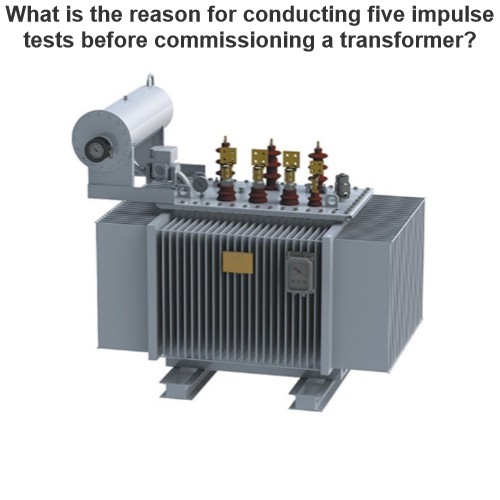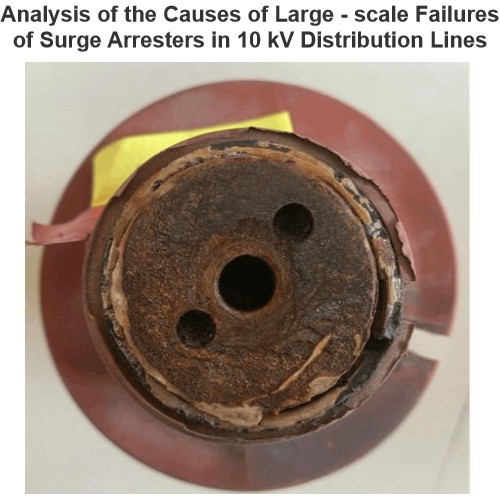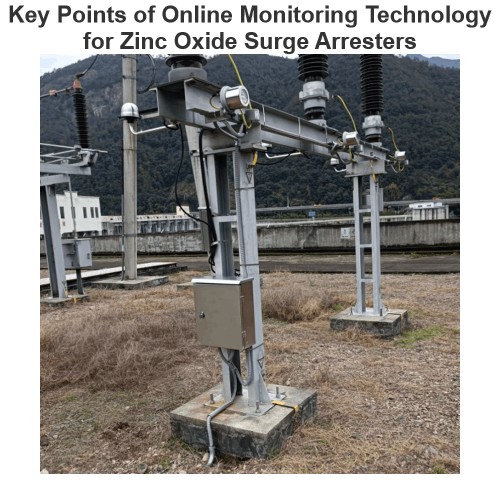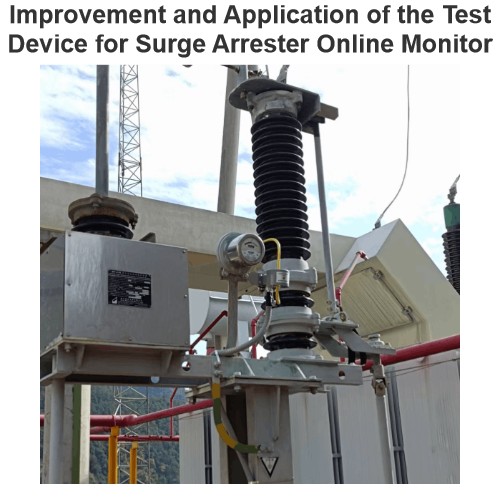| Brand | ROCKWILL |
| Model NO. | Converter transformers are used for long-distance DC transmission or between power grids |
| Rated frequency | 50/60Hz |
| Series | ZZDPFZ |
Description of Converter Transformer
The converter transformer is a key interface device between high-voltage direct current (HVDC) transmission systems and AC power grids, with its core function being to realize the conversion and transmission of electrical energy between AC and DC forms. It is mainly used in long-distance DC transmission projects (such as cross-regional power transmission) and scenarios of interconnection between different power grids. Through electrical isolation and voltage adaptation, it converts electrical energy from the AC grid into a form suitable for DC transmission, or conversely converts DC electrical energy back into AC electrical energy for integration into the grid. It is a core device ensuring efficient transmission of large-capacity power across regions.
Purpose:Used for power conversion in long - distance DC transmission or power grid interconnection.
Features:In addition to withstanding AC voltage, it also has to endure the DC voltage generated during the AC - to - DC conversion process.
Scope:Capacity: Below 610 MVA; Voltage: Valve - side below ±1100 kV; Grid - side below 750 kV.
Features of Converter Transformer
